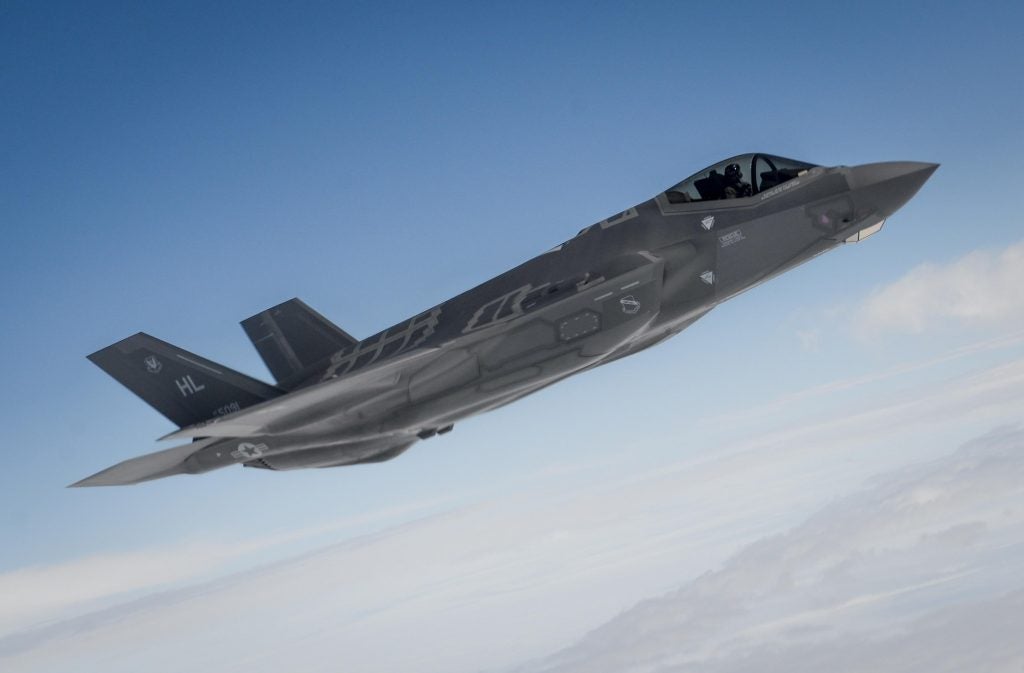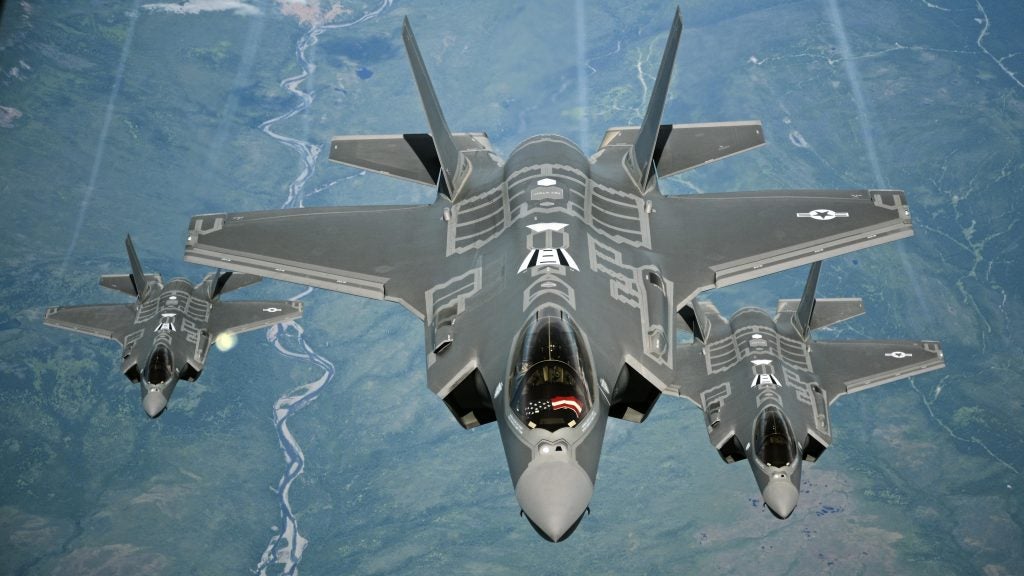F-35A Crosses New Integration Milestone, Requests Ground Unit Support
For the first time, an F-35A stealth fighter jet successfully requested support from an artillery unit belonging to the US Army’s 1st Armored Division. The request was for fire support that neutralized an air-defense threat during an exercise.
From the exercise, the U.S. Air force concludes that an F-35 Lightning II pilot can spot a threat from 30 miles (~48.3 kilometers) away while flying just under 30,000 feet (~9144 meters) high. The pilot would be able to report the threat before getting close enough to compromise his aircraft’s position.
“With it being too dangerous to engage, while continuing to maintain his stealth, the pilot can now call on the US Army’s artillery and missile support to destroy the threat. This very scenario is what the 1st Armored Division Artillery and the US Air Force trained on in the first week of November in the desert in Dona Ana, New Mexico, during Joint Strike Fighter Integration testing.”

“Today we are working with the Air Force and we are testing the ability of the U.S. Army’s field artillery to receive messages from an F-35, a 5th generation fighter jet, for possible fire missions,” said Major William O’Neil, Fire Support Officer for the division.
The successful execution comes as the Joint Strike Fighter F-35 continues to struggle with tasks relating to the jets integration into active units, causing repeated delays and legislative debate among lawmakers. The key objective of the exercise was to transmit the pilot’s message through several different communications networks, several of which predating the jet and not designed to communicate across the different military communication networks.
“While we are using canons today, the M109A6 Paladins, the goal is how we integrate a Tomahawk Cruise Missile and other missile units at the division level into Joint Fires,” O’Neil added.

